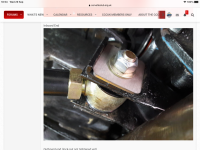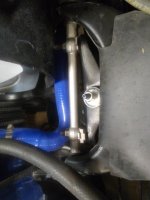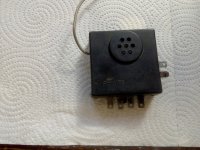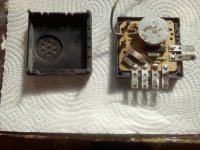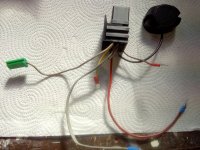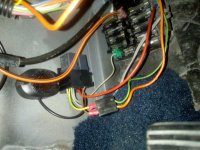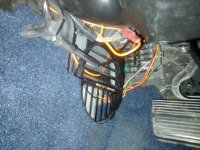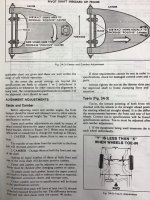John
I feel your pain! The first time I did this was in the lock-up we used in West Malling - no power or light! But, I did buy an expensive ring spanner to deal with the nut and bolt heads of the cam. I found it juts a little easier with the spare wheel try out. But, last time I did it I put the car on ramps, so it was effectively on the ground, but in the air. That worked OK and when back on the "real" ground it was just at the point of negative camber on both sides. (I use a small spirit level on the wheel and like the "bubble" to be just touching one side of the marks)
I used a Gunson laser set to set the front toe, which worked surprisingly well, considering its a bit Heath Robinson in appearance! And I used a gauge to set caster and camber on the front, with a couple of pieces of vinyl floor tile (with grease in between) to allow the wheels to turn easier.
After I'd done the rear training arms I used a method outlined by a racing driver friend, to set up all 4 wheels, using two lengths of wood and fishing line. It took a while to set it up, and even longer for me to work out which shims I needed where, but in the end it worked a treat and the car is sooo much better!


